10 secrets of wildlife that scientists have not yet been able to reveal
By Pictolic https://pictolic.com/article/10-secrets-of-wildlife-that-scientists-have-not-yet-been-able-to-reveal.htmlAlthough modern science is far advanced in understanding the laws of nature, there are quite a few things that scientists simply cannot explain. In our review, there are ten seemingly simple questions, the answers to which are not yet available.
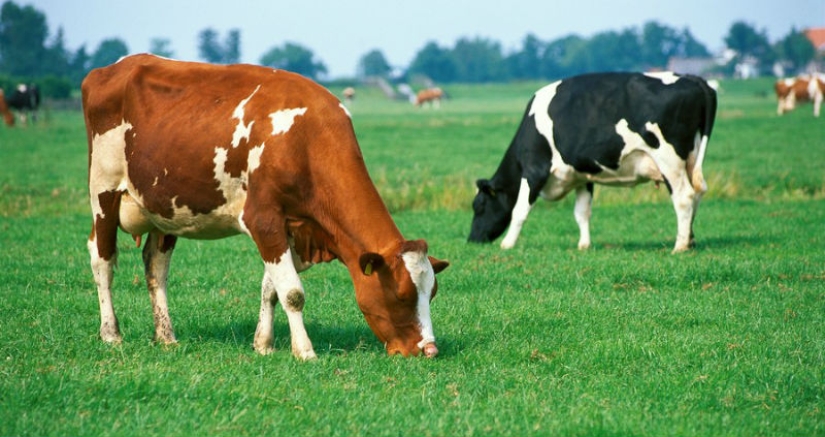
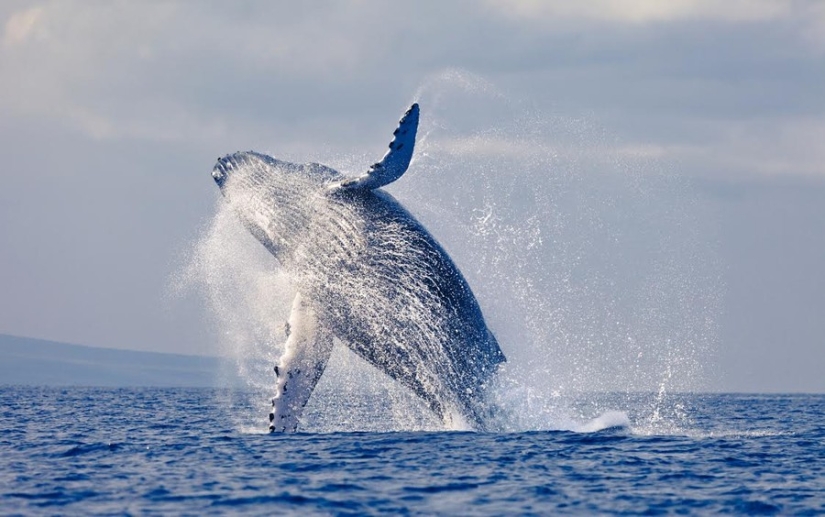
1. Why some mammals returned to the water
Science claims that some marine animals evolved limbs that allowed them to move on land. But why some of these animals, such as the direct ancestors of whales and seals, moved back into the water remains unknown. It is much more difficult for land animals to return to the sea from an evolutionary point of view than the other way around. This is what causes confusion among scientists around the world.
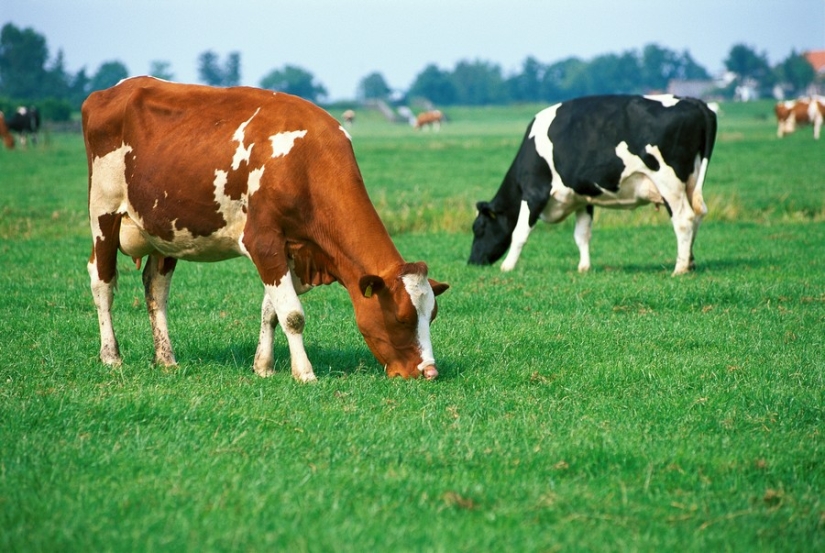
2. Cows always turn north or south when eating
Usually no one looks closely at grazing cows, but when a team of scientists carefully studied thousands of satellite images of Google Earth, they discovered a fact unknown for thousands of years. Cows always turn their heads to the Earth's magnetic poles (north or south) when they are grazing or resting. This remains the same regardless of wind or other factors. No one knows why this is happening. Although it has long been known that some animals have an "inner compass", this is the first time such a thing has been found in large mammals. Also strange is that the closer the cows are to the poles, the less accurately they orient themselves. This phenomenon is observed on all continents of the Earth.

3. Alkaloids in plants
Plants often produce substances that have a rather strange effect on the animals that eat them. These substances are called alkaloids, and one of the most common types of them is morphine. In total, scientists have identified about 7,000 different types of alkaloids in plants. Although modern science has been able to study these chemicals in detail, why they began to be produced in plants is a mystery. Some believe that, in addition to external causes (such as protecting plants from herbivores), alkaloids may be useful for regulating the metabolism of the plants themselves.

4. Why do flowers grow all over the planet
Flowering plants are found all over the world, regardless of the climate. Interestingly enough, this wasn't always the case. Flowering plants about 400 million years ago quickly replaced other types of flora, and today they make up about 90 percent of all plant species. This is a problem that Charles Darwin spent his entire life trying to solve, calling it a " terrible mystery." The rapid development of flowers soon after their appearance on Earth contradicted the theory of slow evolution by natural selection.

5. Why is there a variety of life forms near the equator
Traveling from the colder regions of the planet to the equator, it is easy to see that life is becoming more diverse. As early as 200 years ago, the Prussian explorer Alexander von Humboldt discovered that biological diversity increases as we approach the equator, while nature, human culture, and disease become more diverse. For example, now every time new terrible viral diseases appear in Africa or South America, just near the equator. There are about three dozen theories that explain this phenomenon, but they often contradict each other.
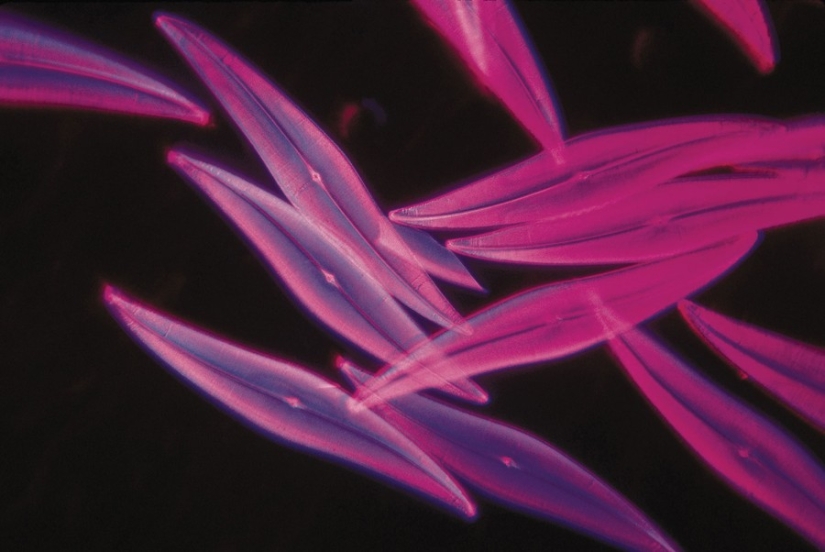
6. The Phytoplankton Paradox
Phytoplankton is a class of organisms found in large bodies of water and includes a wide range of different subspecies. They are essentially floating plants that are found all over the world. The vast diversity of these organisms calls into question the theory of evolution and natural selection. The lack of resources makes it impossible for so many different organisms to survive in the ecosystem. Nevertheless, they exist.
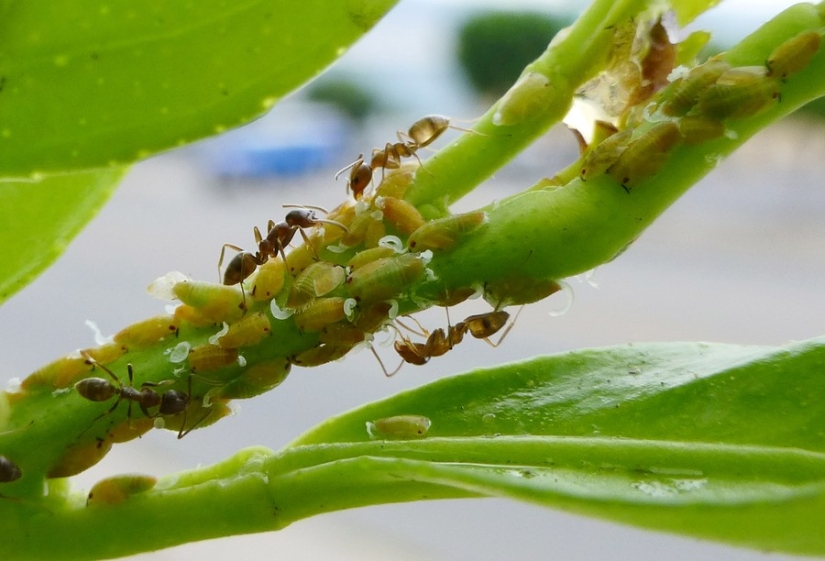
7. How Argentine ants create colonies on different continents
Argentine ants at first glance do not differ from other representatives of this species. But they are the only inhabitants of the Earth, except for man, who managed to colonize three continents. All three supercolonies of Argentine ants in Europe, South America, and Asia are populated by ants that share the same genetic traits and are essentially the same population.
But what puzzles scientists is not so much their habitat as their social structure. Argentine ants recognize their counterparts from other continents, but are aggressive towards ants of other species. In addition, the modern genetic code of ants has not changed for thousands of years. This is surprising, because organisms outside of their native environment tend to change rapidly.
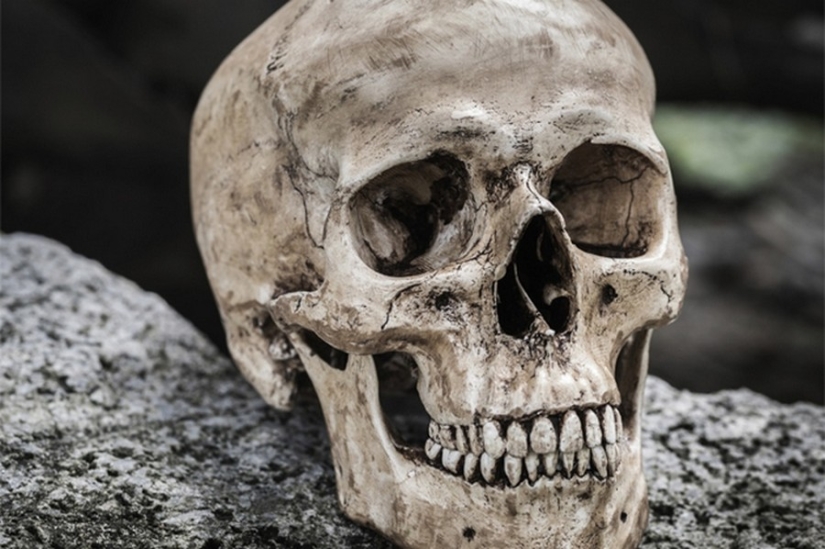
8. The mysterious ancestor of man
The ancestry of modern man has been carefully studied for many years. Although the first humans appeared a long time ago, today scientists have a pretty good idea about the ancestors of Homo Sapiens. At least, it seemed so until scientists discovered traces of the existence of a whole new species of ancient human ancestors. When scientists examined the DNA of the "Denisov man", they found traces of an unknown species that could not be identified.
It is worth noting that the Denisovian hominids themselves are surrounded by mystery, but science at least knows who they were and where they came from. The same cannot be said for an unknown species, with which the Denisovans clearly bred about 30,000 years ago and which left a clear trace in the Denisovans ' DNA. Basically, all that is known about this species is that it gave the Denisovans a strange set of teeth that was not found anywhere else in the animal world.
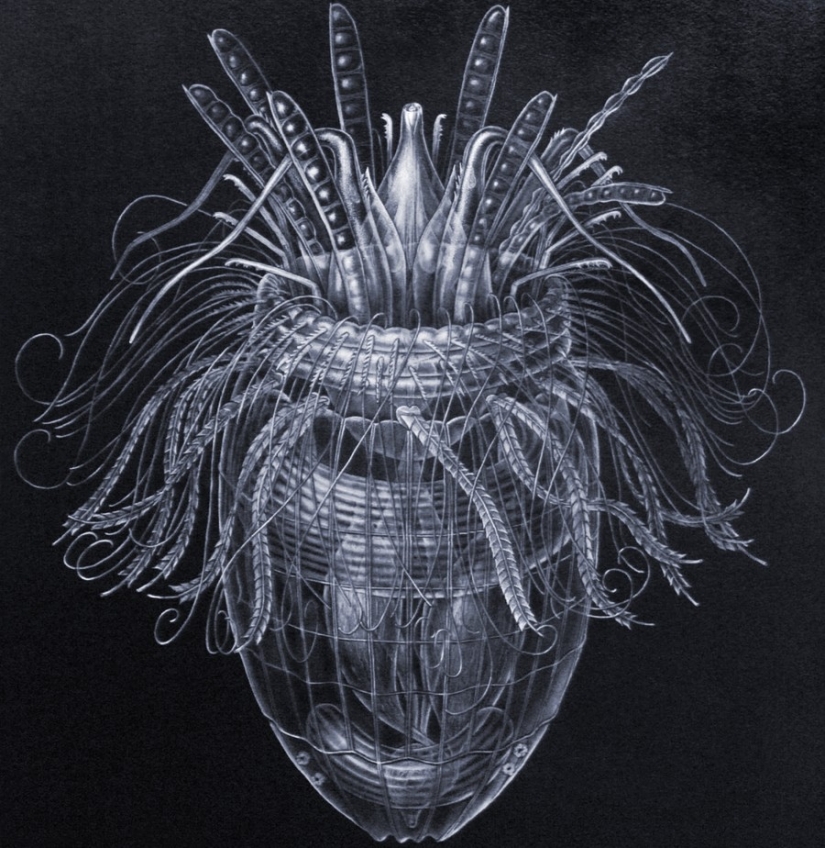
9. Animals that can live without oxygen
Almost every organism on Earth lives on oxygen — some living organisms consume it, while others produce it. Recently, scientists announced a shocking discovery-the first oxygen-free animals were found deep in the Mediterranean Sea. Although some bacteria and other protozoa can live without oxygen, this was previously unheard of for complex multicellular animals. Three species of such creatures, belonging to the marine invertebrates of the Loricifer group, were found at a depth of 3.5 kilometers. Scientists have no idea how they evolved.

10. Sexual reproduction
Apart from some microbes and plants, almost all living things in the world reproduce sexually. People take this for granted, but it's actually a huge evolutionary anomaly. After all, half of all species (males) are not able to produce offspring, but they use the same amount of resources from the environment. Why was so much effort spent to develop a mechanism that has obvious drawbacks in the long run? Therefore, sexual relations are still a phenomenon that scientists are not able to fully understand.
Keywords: Nature | Science | Mystery | Scientists | Secret
Post News ArticleRecent articles

The passion for adventure pushes people to act rashly. It’s good if in this way you get bruises and bumps, which turn into ...

St. Petersburg artist Boris Groh (Groh Boris) paints a grim and mysterious creatures in the dark Russian streets. And they seem to ...
Related articles

It's hard to believe, but these places really exist on our planet. This is not someone's sophisticated fantasy, well, except for ...

Like many other famous photographers, Ekaterina Belinskaya has no special education. It does not prevent her to create beautiful ...

Nikolai Vasilyevich Gogol is not just a classic, but the first major Russian prose writer, who was considered his teacher by many ...

There is never enough space in a child's room. You know, you need a bed, the closet is literally bursting with things, and you ...